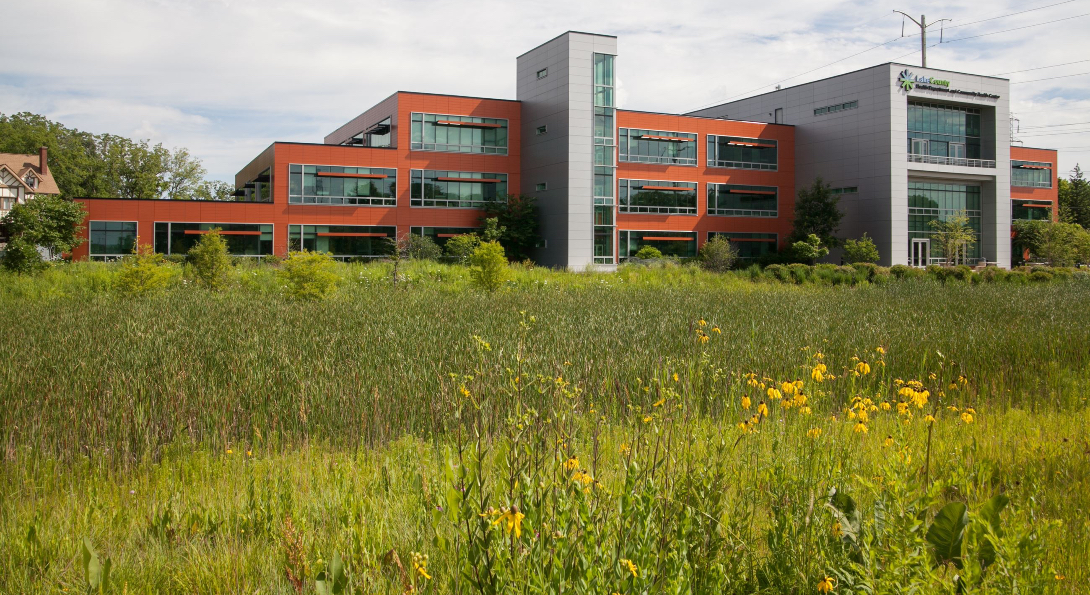Alumnus Responds to PPE Needs in Lake County

Story text

Clandestine charter flights. Trucks disguised as grocery shipments. A shady black market. The stories of the race to secure personal protective equipment (PPE) during the onset of the COVID-19 pandemic in the U.S. sound like a Nicholas Cage movie.
At the Lake County (IL) Health Department, alumnus Joe Amaro, MPH in Environmental and Occupational Health Sciences ’18, is part of a team bringing order to the chaos, managing PPE requests from nursing homes, first responders, dentist offices and more across Chicago’s northern suburbs.
“Everyone has exercised this a million times, there’s nothing new about the concept, but as it rolls out, [this pandemic] hasn’t happened the way people expected,” Amaro said. “The response has been less about knowing things and moreso connecting different resources and bridging needs across groups.”
As an emergency response specialist, Amaro works with staff with expertise in communicable diseases, environmental health and emergency management to process requests and push out medical material, including PPE. Over the past months, Amaro has navigated spikes in demand coupled with drops in supply, requiring flexibility and adaptation on the fly. The group has received over 220,000 donated items (out of 1.7 million total items received) and distributed 1.5 million items since March.
The system has built in redundancies meant to address shortages in output, he said. When private sellers began cutting back, Amaro says he reached out to private organizations, the Lake County government and regional healthcare coalitions to tap into their stockpiles. Beyond local sources, states and the Strategic National Stockpile are further resources that can address slack in the system. This delicate dance was set in motion as suppliers from China announced reduced shipments early on during the pandemic.
Selected Quote
When we didn’t have supplies to give, it was a lot about teaching how to properly reuse supplies, how to implement Emergency Use Authorizations. It was very difficult, and we had to look to nontraditional means.
| MPH in Environmental and Occupational Health Sciences '18
Story text, continued.
Emergency Use Authorizations (EUAs) can be used to fill gaps in the supply chain. When Amaro spoke with SPH for this story in early June, he said demand had spiked for gowns; EUAs have facilitated the availability of gowns, respirators, and SARS-CoV-2 test kits.
While Amaro’s time at SPH equipped him with baseline knowledge on different types of PPE, like uses of N95 respirators versus surgical masks, he says the pandemic has showed a public health response requires much more than technical knowledge.
Amaro and colleagues are scanning the horizon for the next hurdles in the pandemic, including distribution of a potential vaccine. Just as material management and distrubtion has not followed previous exercises, Amaro says the next phase of the response for the Lake County Health Department will need to incorporate the same levels of flexibility and preparedness.
“The mission hasn’t changed, but how it is unfolding is very different in this pandemic,” Amaro said. “That’s the new and exciting part, figuring out where the disease is spreading, getting people what they need to defend themselves and getting ready for prophylactic treatment.”